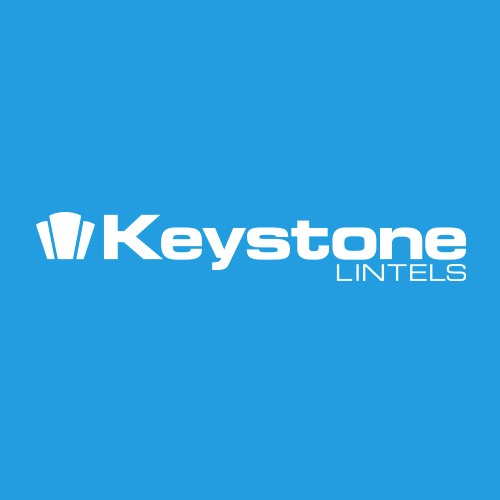Part L – What has changed?
 The government has finally unveiled its long-awaited changes to Part L of the building regulations. Part L 2013 introduced on 6th April 2014 introduces the FEES standard with the recommendation that new homes should comply with a mandatory minimum fabric performance standard (Target Fabric Energy Efficiency, TFEE) in addition to the original carbon emissions standard (Target CO2 Emission Rate, TER). Appendix R introduced as part of the governments update in April has refined industry standards, the new appendix R introduced for SAP 2012 adopts a ‘recipe’ style approach to gaining compliance. If this ‘recipe’ is followed, designers will ensure they meet required standards, using details and products to improve the overall dwelling performance.
The government has finally unveiled its long-awaited changes to Part L of the building regulations. Part L 2013 introduced on 6th April 2014 introduces the FEES standard with the recommendation that new homes should comply with a mandatory minimum fabric performance standard (Target Fabric Energy Efficiency, TFEE) in addition to the original carbon emissions standard (Target CO2 Emission Rate, TER). Appendix R introduced as part of the governments update in April has refined industry standards, the new appendix R introduced for SAP 2012 adopts a ‘recipe’ style approach to gaining compliance. If this ‘recipe’ is followed, designers will ensure they meet required standards, using details and products to improve the overall dwelling performance.
The new certified Psi values for lintels in the updated building regulations appendix R is 0.05W/m.k. Keystone’s award winning Hi-Therm lintel is the only one piece lintel that satisfies this requirement. If, for example, standard steel lintel Psi values were used, the designers would have to compensate for the performance deficit elsewhere in the design by lowering wall u-values, upgrading windows to triple glazed, or perhaps the introduction of costly bolt on renewables such as solar panels ultimately adding additional cost.
Fabric First Approach
This new requirement will see a major change in the way designers have to approach building design through specification of enhanced products and improving the dwellings fabric with an emphasis on improving thermal bridging. This is based on the principle of preventing energy waste by ensuring that the fabric of the building is adequately insulated and airtight and is preferable to the use of costly bolt on renewables such as solar panels and heat recovery systems. The fabric of the building remains for the life time of the building therefore it will continuously perform as designed.
Why is Lintel Choice Vital?
Statistics show that up to 35% of heat loss in a dwelling is through thermal bridging. Lintels are one of the single most influential contributing factors which can improve a dwellings SAP calculation and Fabric Energy Efficiency.
By improving the lintel value alone, can significantly improve the Sap calculation, negating the need for less onerous requirements to upgrade the fabric elsewhere.
It is essential therefore that specified lintels are able to demonstrate robust thermal performance, as well as fulfilling their primary function, to provide structural support. As Keystone Lintels UK Managing Director, Derrick McFarland explains;
“Focusing on improving the building fabric with a traditional 300mm masonry construction wall, well insulated cavity and a Keystone Hi-Therm lintel can help meet building regulations and code 4 requirements and also negate the need for renewables”.

